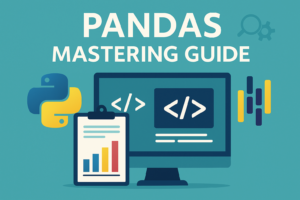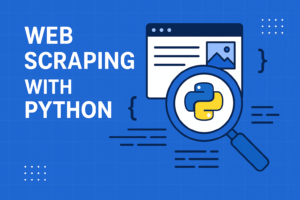
Why Learning Bioinformatics is Essential for the Future of Science and Healthcare
In today’s rapidly advancing world of science and technology, bioinformatics is becoming an increasingly essential skill for students, researchers, and professionals in healthcare, biology, and data science. This interdisciplinary field is unlocking new potential in areas like genomics, drug discovery, and personalized medicine.











